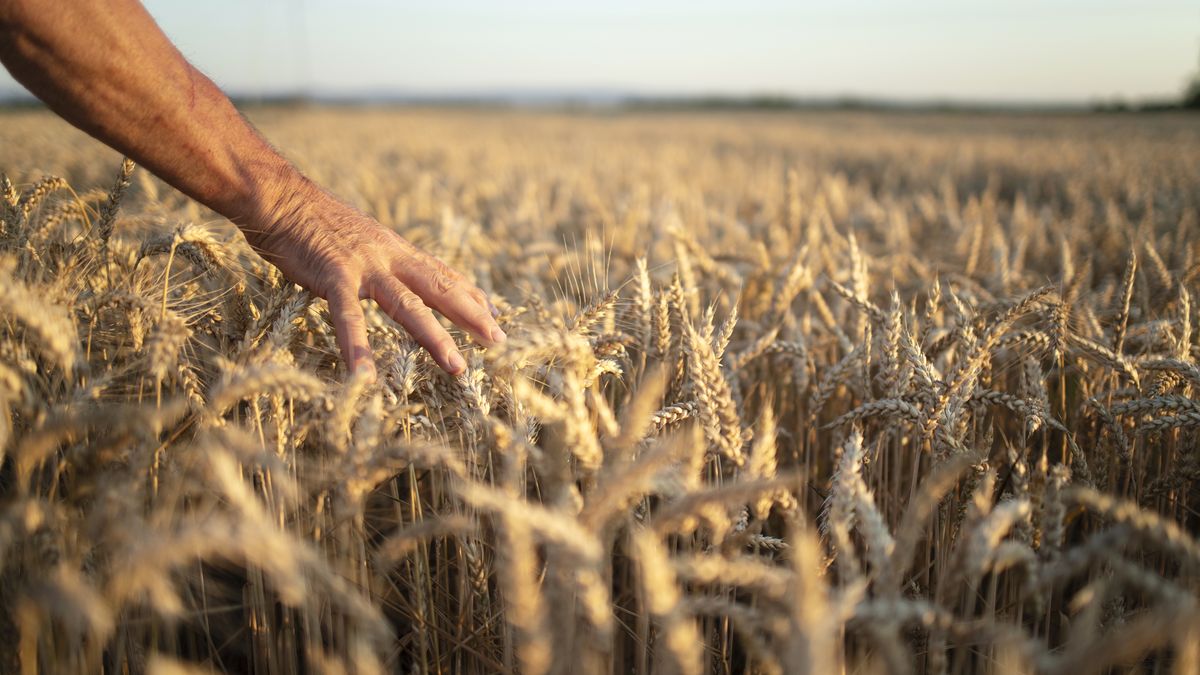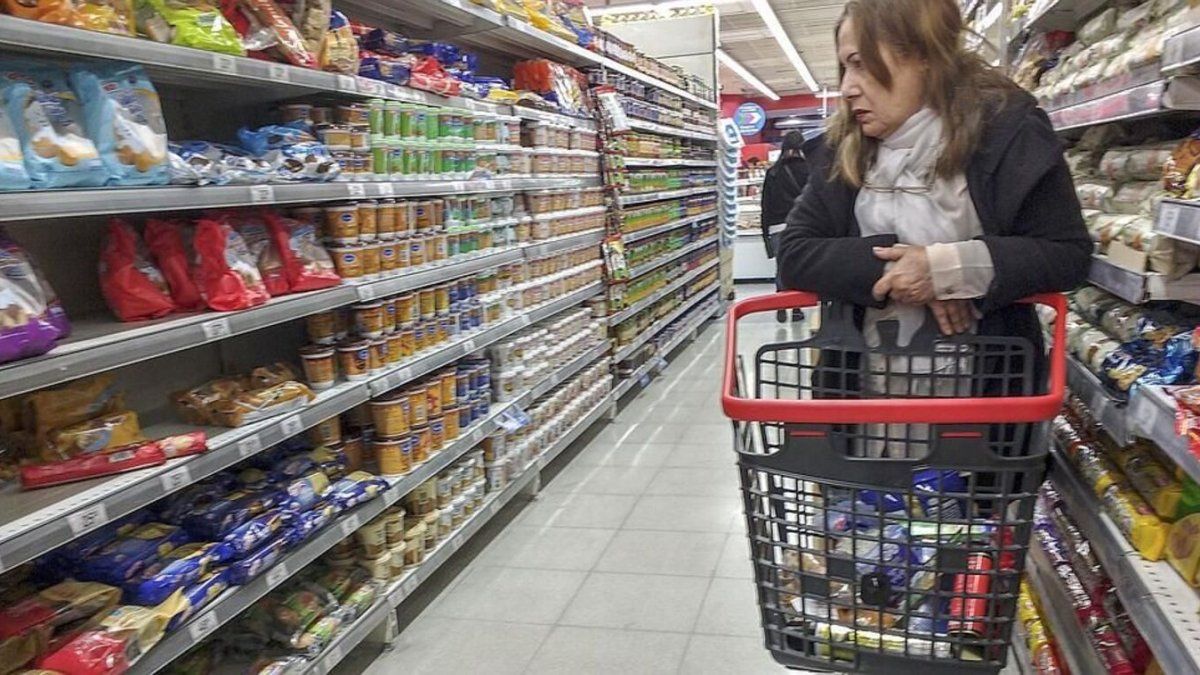The wheat production in Uruguay marked a historic milestone in the last harvest, reaching a yield of 5,037 kilos per hectare, the highest recorded so far. The data comes from the latest report corresponding to the Spring Survey carried out by the Statistics Directorate of the Ministry of Livestock, Agriculture and Fisheries (DIEA-MGAP). There was also a very high yield of the cultivation of barley which was very close to the historical record, reaching 4,789 kilos per hectare.
Producers and technicians consulted by Ambit They point out that these productivity levels are the result of several factors. On the one hand, continued investment in genetic improvement in the varieties of the aforementioned cereals, with new materials that are increasingly more productive. In addition, there are improvements in crop management (agrochemicals, planting methods, rotations) and accumulation of investments in machinery and equipmentwhich allow more efficient planting and harvesting.
On the other hand, remember that the drought last summer – one of the most acute recorded in the Uruguay– caused an extraordinary mineralization of nitrogen in the soil, which became available for subsequent crops that arrived last winter, which surely also influenced the increase in yields.
With the record yield recorded and an area estimated at 267,000 hectares, Uruguay It reached a production of more than 1 million 340 thousand tons, which allows it to reach an exportable balance close to one million tons.
The situation of soybean and corn crops
As for the summer crops, The report highlights a new increase in the projected corn area, which would exceed 213,000 hectares. It is the largest area for this crop since the 1970s, but it can well be considered an absolute historical record: in those decades, corn cultivation was carried out in a very different way than today, without direct sowing, plowing the land and in a of production more linked to the subsistence of family producers. Today the crop has a much higher yield, it is done in direct sowing by specialized high-tech companies, with increasing application of irrigation.
In the case of soybeans, the report estimates that the area will be 1 million 65 thousand hectares, an area slightly larger than that registered the previous year. For several years now, the soybean area has been around one million hectares. This year there was an important area of early planting, but the rains that occurred in the spring caused delays in other areas, which had later plantings and – in some places – replanting had to be carried out, which increased costs. Added to this is a drop in the price of soybeans of almost US$50/ton in the last six months. With this context, many farmers chose to plant corn in fields initially destined for soybeans, in places where this alternative can be managed.
Source: Ambito




